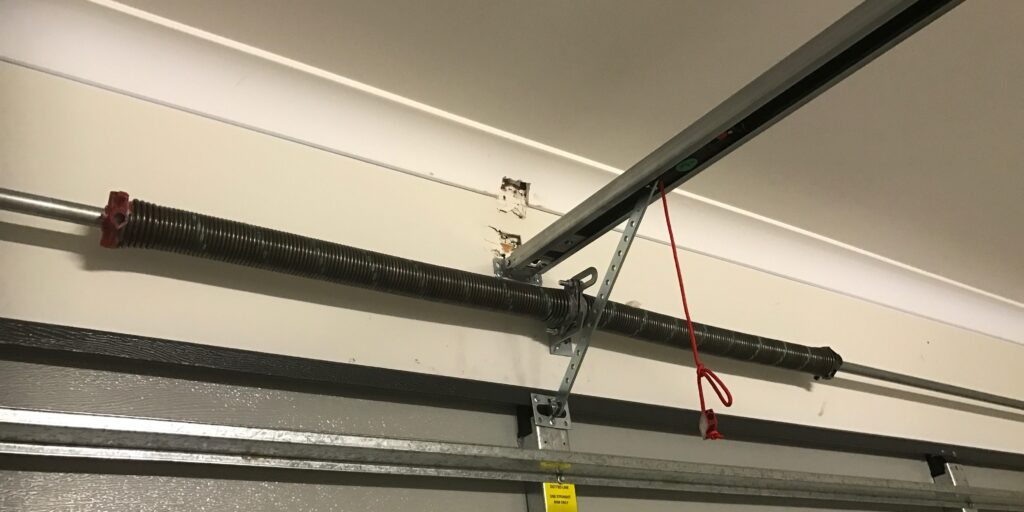Broken springs are one of the most common reasons cars get stuck in the garage. They’re heavy and add significant load to the opener, which reduces its life span. The good news is that most broken springs can be fixed with ease.
You’ll need to take some time and effort to properly replace the aging spring. If you decide to do it yourself, there are several things you should know.
First, you’ll need to use the proper tools. This isn’t as easy as it sounds, and if you’re not confident, you could injure yourself or damage the door.
Next, you’ll need to understand the function of the spring. A correctly working spring allows the door to open and close with minimal stress on the opener. It also helps maintain a balanced weight on the garage.
Finally, you’ll need to be aware of the different types of springs, including torsion springs, coil springs, and leaf springs. Knowing which type is right for your door will help you avoid major headaches in the future.
One of the most important steps you’ll need to take when repairing your spring is to lubricate it. Spring lubricant costs a nominal amount, about $5-6.
Finally, you’ll need to measure the torsion spring. There’s a lot to consider, such as wire size, winding orientation, and length.
Luckily, there are plenty of companies in your area that offer broken spring replacement services.
This comprehensive guide covers everything from identifying signs of a broken spring in your machinery to expert tips on choosing the right replacement parts. Learn about the latest techniques in spring repair, maintenance advice to prevent future breakdowns, and how to ensure safety during the replacement process. Whether you’re a professional mechanic or a DIY enthusiast, this article provides valuable information to tackle spring replacement challenges efficiently and effectively.
Read More:


